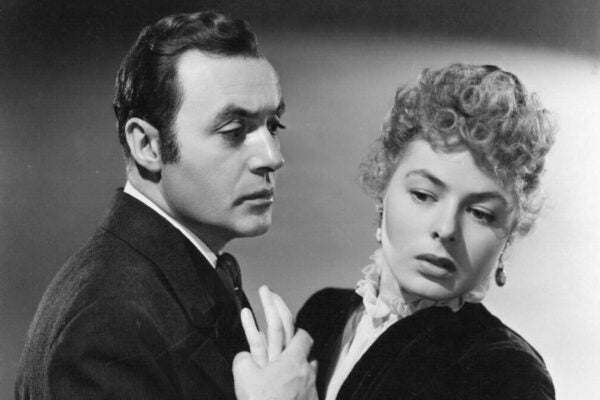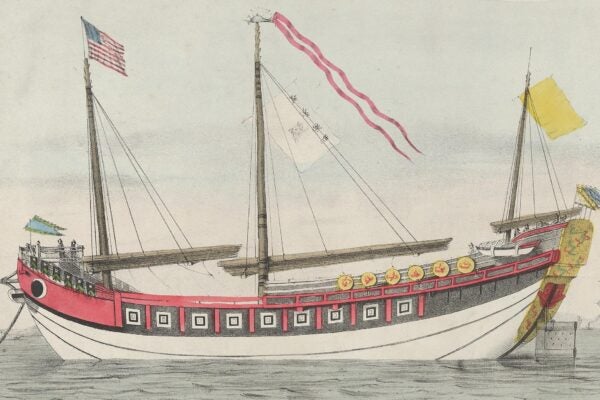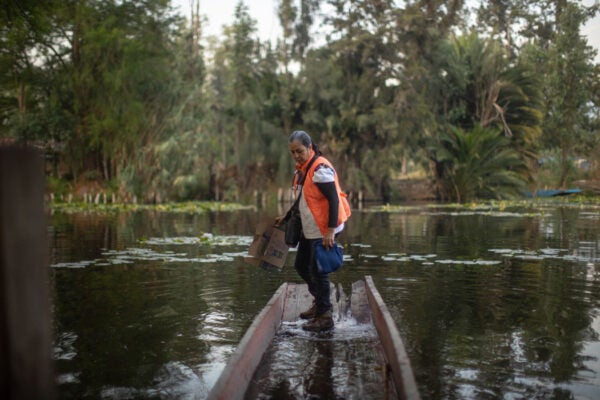Extra Credit: Our pick of stories from around the web that bridge the gap between news and scholarship. Brought to you each Tuesday from the editors of JSTOR Daily.
When the crisis is pain (HippoReads)
by Luke Messac
In the U.S., over-prescription of opioid medications has led to a drug abuse crisis. But in poor countries, many people can’t get adequate pain relief at all.
What measuring grit can’t do (The New York Times)
by Angela Duckworth
A pioneer in the study of student grit and character development explains why her highly influential work shouldn’t be used to judge the performance of teachers and schools.
The economics of quinoa (Vox)
When consumers in wealthy nations started treating quinoa as a trendy “superfood,” some raised questions about the effect of this new demand on people in Peru and Bolivia, where the food is a staple. Then, an economist collected the data to figure out what the real effects were.
The sounds of the city (The Atlantic)
by Linda Poon
Honking horns and screeching tires can pose a real threat to our health. But other sounds have more positive effects. A research project maps cities by the sounds found on each street, and could help urban planners redesign our soundscapes.
How science reporting can improve science (Pacific Standard)
by Michael Schulson
Science journalists tend to see themselves as translators, explaining studies to regular readers. But, given our growing understanding that many scientific findings are simply wrong, some reporters are taking on the job of investigators, holding researchers responsible for their claims.
Have you seen a story online that does a good job of bridging the gap between the news and scholarship? Or something that seems particularly well-researched? Let us know and we may include it in next week’s roundup. Email us at jstordaily_submissions (at) jstor (dot) org.






